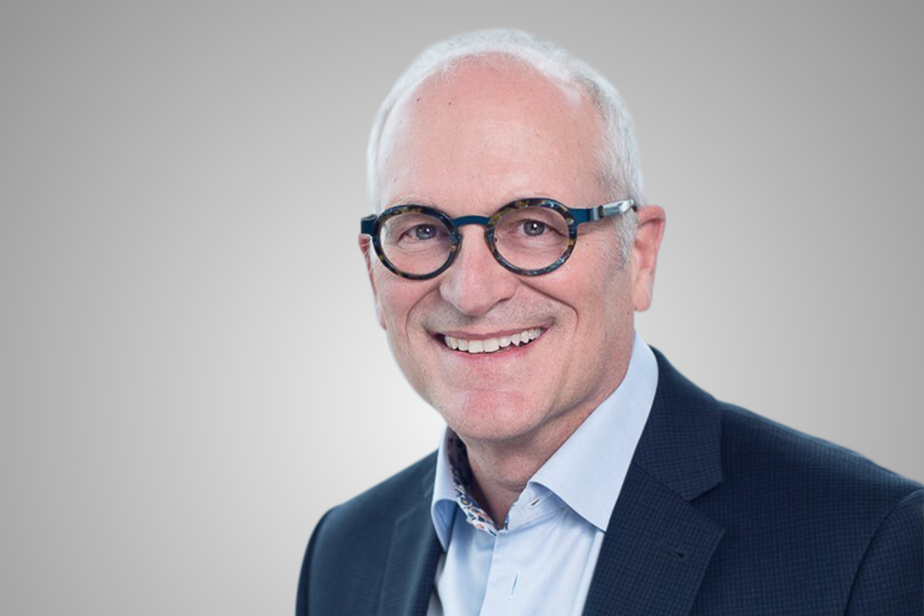Although I’m not good at humility, the wisdom that comes with age makes me admit that I’m not sure where interest rates are going, despite 17 years of central banking in the body. But failing to foresee the future, it is necessary to understand the forces and risks that cross the present.
In 1982, as a young student in Washington, I remember going to see the famous Paul Volker, big cigar in his mouth, muttering inaudible remarks in front of a congressional committee. THE chairman of the Fed had plunged the North American economy into a hard recession with interest rates in double digits, to break such high inflation.
The current situation is much less dramatic, but more complicated. Central banks made a serious mistake coming out of the pandemic, believing that inflation would be transitory. Once the error became apparent, they went into overdrive to raise interest rates, but without triggering a recession, so far.
The Bank of Canada and the Fed are known to be on hold, but rate hikes take up to two years to deliver their full effects. The risk of recession therefore remains intact.
After a fairly rapid decline in Canadian inflation to 4.4% in April, a rate of 3% is within reach, our central bank believes, but it is not clear that it will gently return to target. 2% next year, without further tightening.
Governor Tiff Macklem issued this warning: “If we see [que l’inflation] risk of being stuck above target, we are ready to raise interest rates again. »
According to Gita Gopinath, the number two at the International Monetary Fund, central bankers must stay the course, because “insufficient tightening now could lead to more painful actions later”.
Despite everything, the financial markets, more optimistic, anticipate a drop in rates at the end of the year.
The economic outlook is cloudy.
Bank failures in the United States have further weakened commercial real estate, already struggling with more expensive debt and a painful adjustment to online commerce and work. Moreover, even if the banking industry seems stabilized, it is not said that the stress of high rates does not reserve other accidents in the financial system.
Closer to home is the lagged impact of the renewal of fixed rate mortgages on the cost of rents in the consumer price index.
One more element that makes central banks fear that inflationary expectations will become self-fulfilling. This is why they hold a strong speech to reframe expectations, hoping not to have to resort to Volker’s horse remedy.
But it is above all structural factors on the supply side that make me fear the persistence of inflationary pressures.
First, China is no longer the source of cheap goods that it was for 20 years. Its costs have increased and people are now looking for closer and friendlier, but sometimes more expensive suppliers.
The decarbonization of the economy requires a profound transformation of the industrial structure. A lot of obsolete equipment will be replaced by more expensive technologies, at least initially.
The climatic upheavals already present will disrupt harvests and food price spikes will become more frequent.
The aging of the population is not unique to Quebec. All of the industrialized countries are suffering from shortages of skilled labour, which are pushing wages up.
Relief could, however, come from a jump in productivity, which has been disappointing for a long time. Artificial intelligence deployed in a wide range of activities should increase the efficiency of processes, both in the manufacture of goods and in the delivery of services.
On the other hand, the malicious use of AI also raises fears of the aggravation of political divisions. Think for a moment of the misinformation she could spread under a raging Trump back in the White House. A very small step separates us from fictional politics.
The pandemic has increased the public debt of many countries. The war in Ukraine and the growing tensions with China herald a new surge in public spending, this time in armaments.
After Volker, from the Greenspan era until the Great Financial Crisis of 2008-2009, under Bernanke monetary policy enjoyed a golden age called the Great Moderation, where the economy experienced non-inflationary growth and rare recessions. This relative stability belongs to a bygone era.
However, the central banks’ econometric models that are used to project the future are based on historical relationships between key variables. They find it difficult to predict trend breaks and must therefore be supplemented by judgement, which is also limited when faced with rare phenomena.
I pity my former colleagues who have to sail by sight.
